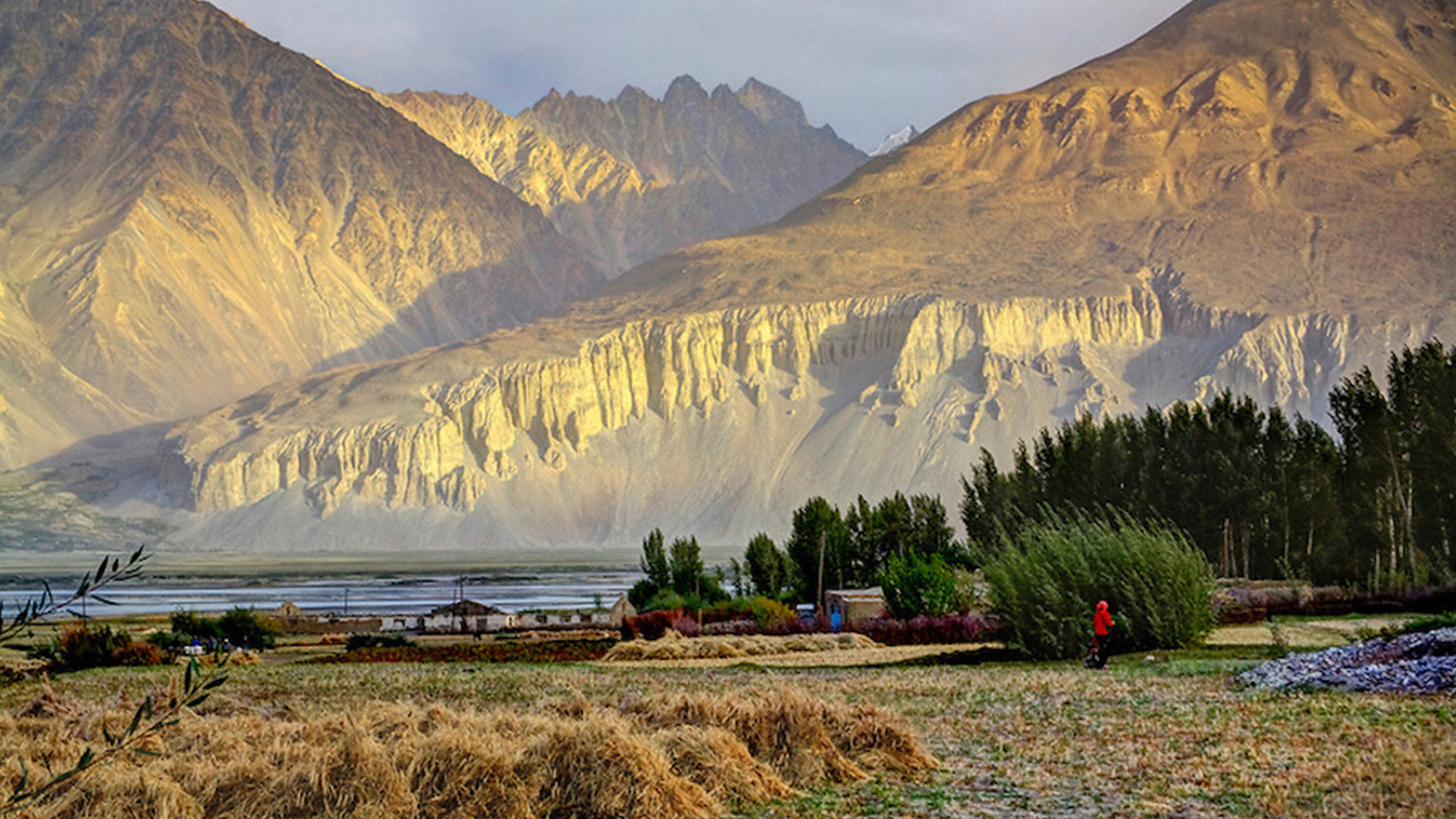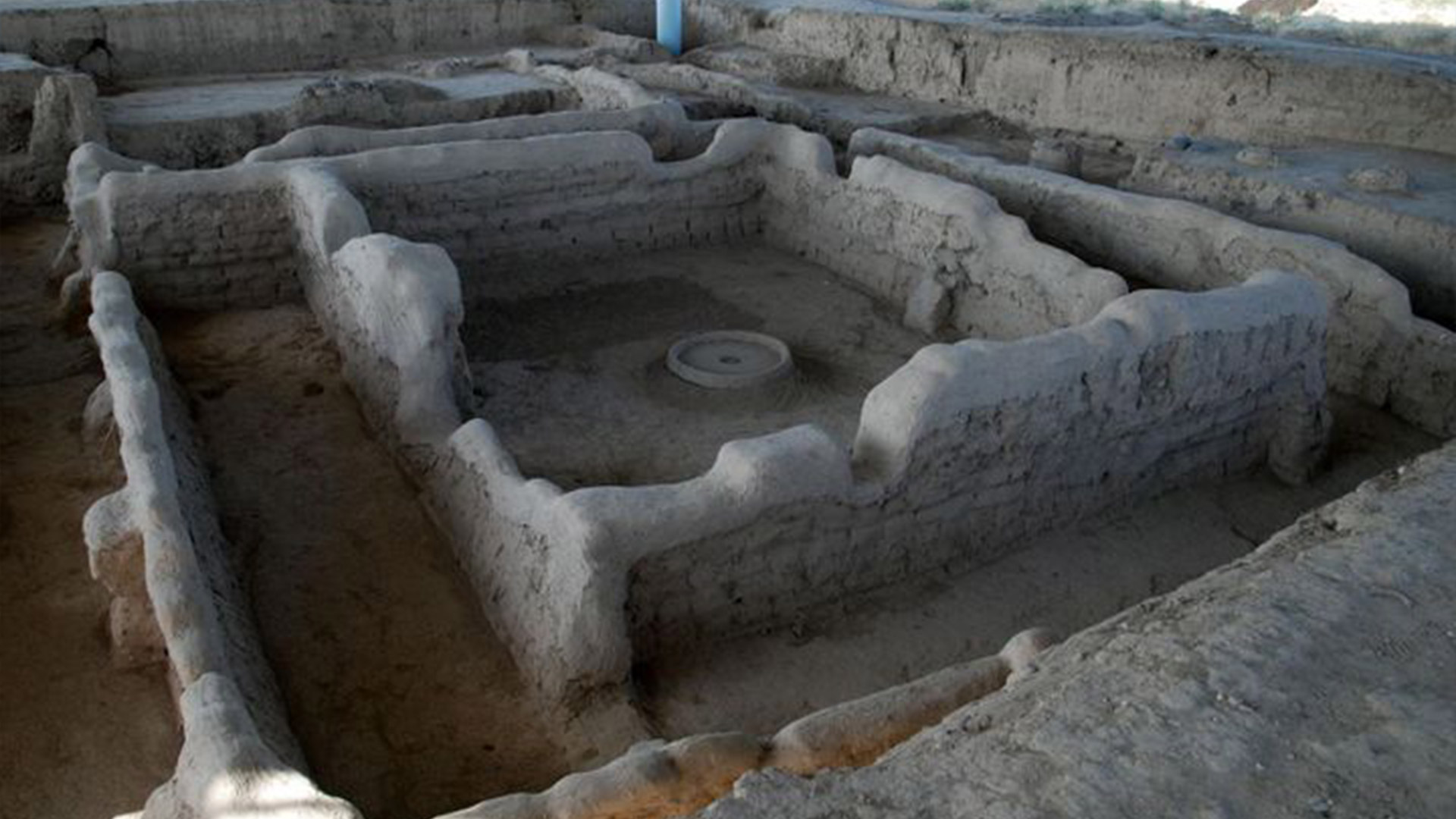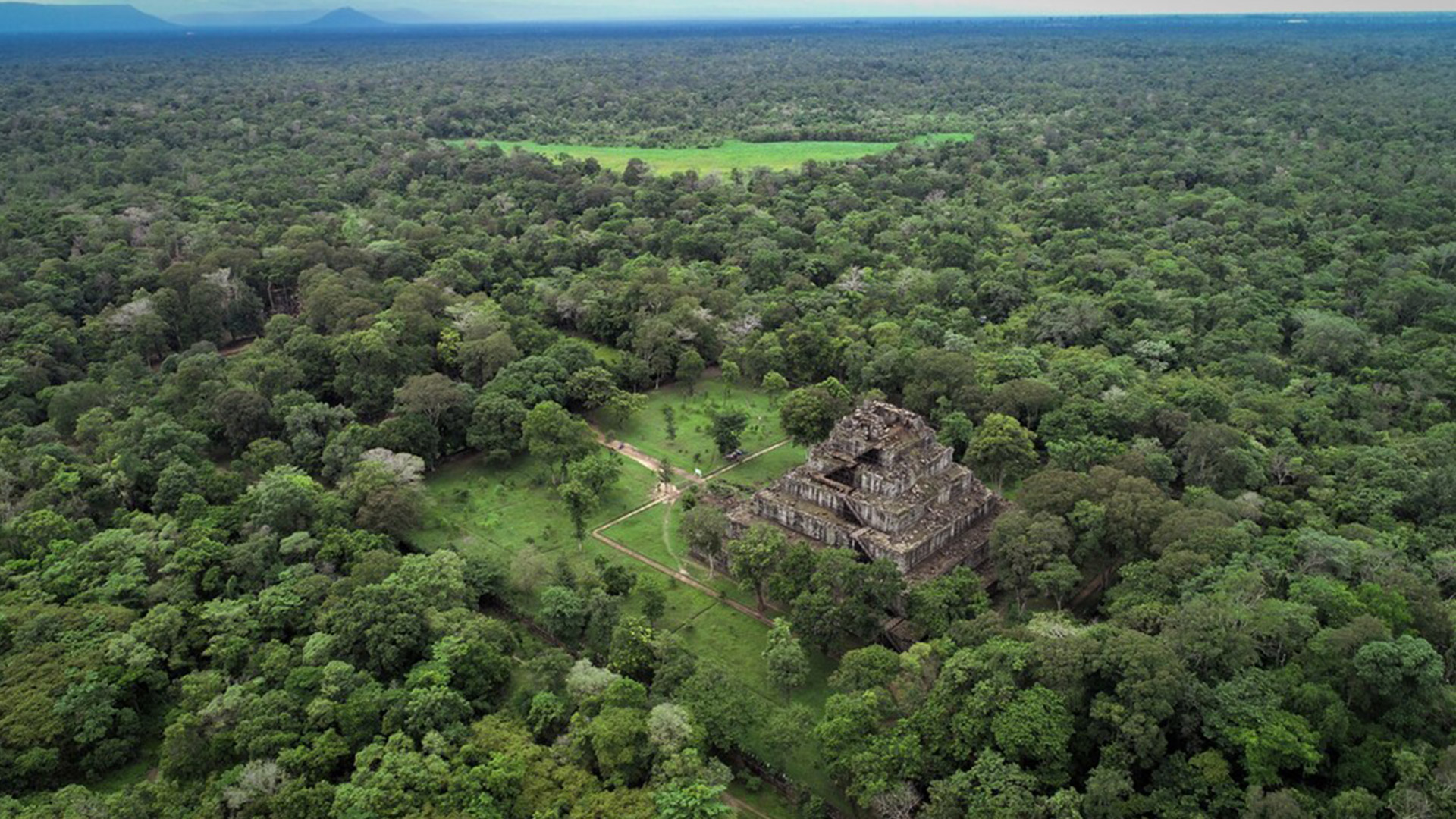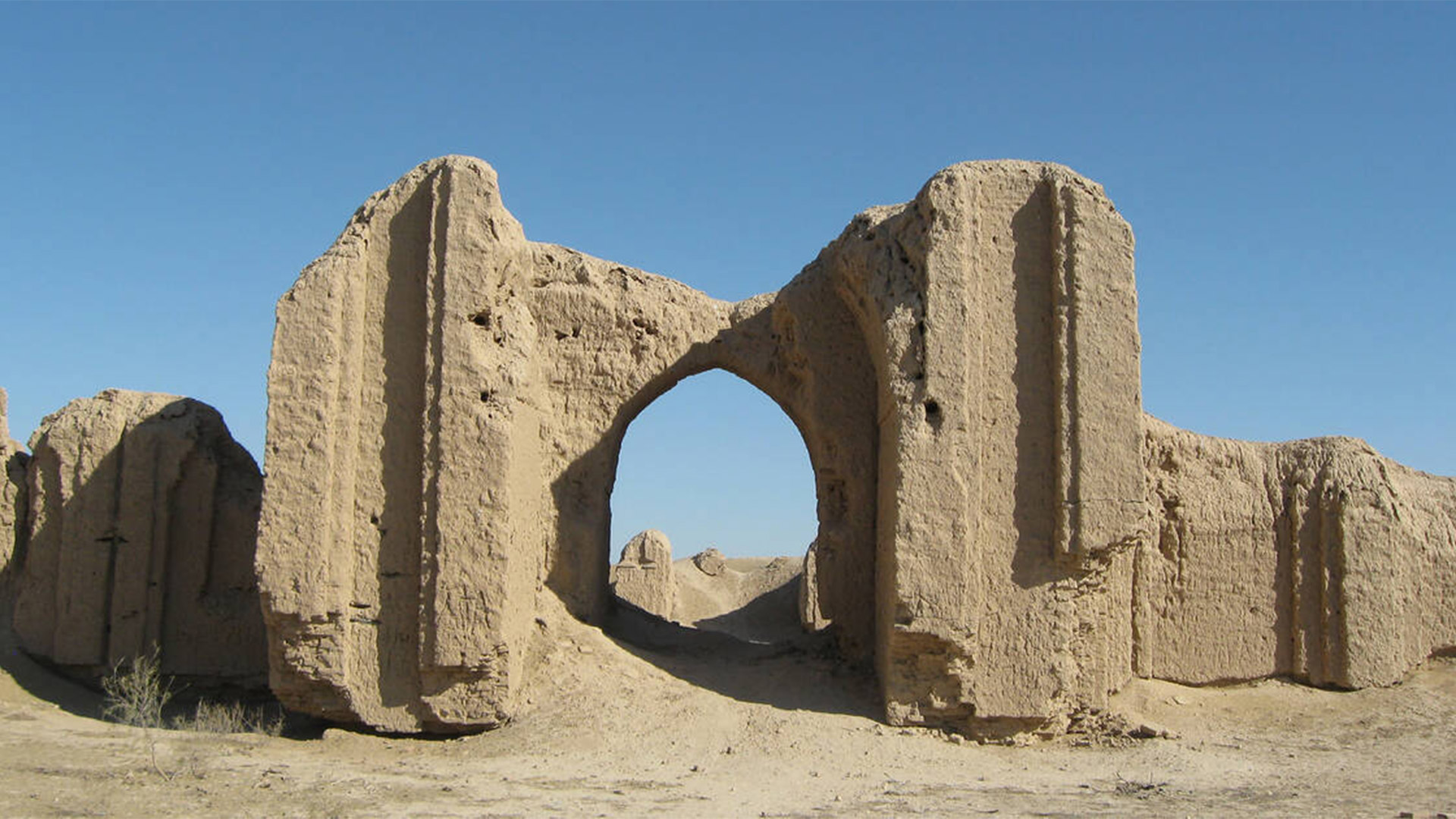Four of a kind for UNESCO in Tajikistan
A history spanning 5000 years, a capital whose name (Dushanbe) means ‘Monday’, the Sarikol salt mountain, a lake named after Alexander the Great, and the second-highest road in the world, with stretches at an altitude of 4,700m that wind between peaks of over 7,000m. This is Tajikistan: a longtime hub at the centre of the Silk Road, it was a crossroads and borderland of many powerful empires - from the Parthians to the Sasanian Empire to the Muslim Caliphate - before becoming part of the Soviet Union and then, finally, an independent republic in 1991. With 90% mountainous terrain and around a thousand rivers, most of which flow from the east towards the Aral Sea basin, it boasts no fewer than four UNESCO World Heritage Sites: the Proto-urban Site of Sarazm; the Tajik National Park in the Pamir Mountains; the Zarafshan-Karakum Corridor of the Silk Road; and the Tugay forests of the Tigrovaya Balka Nature Reserve.








